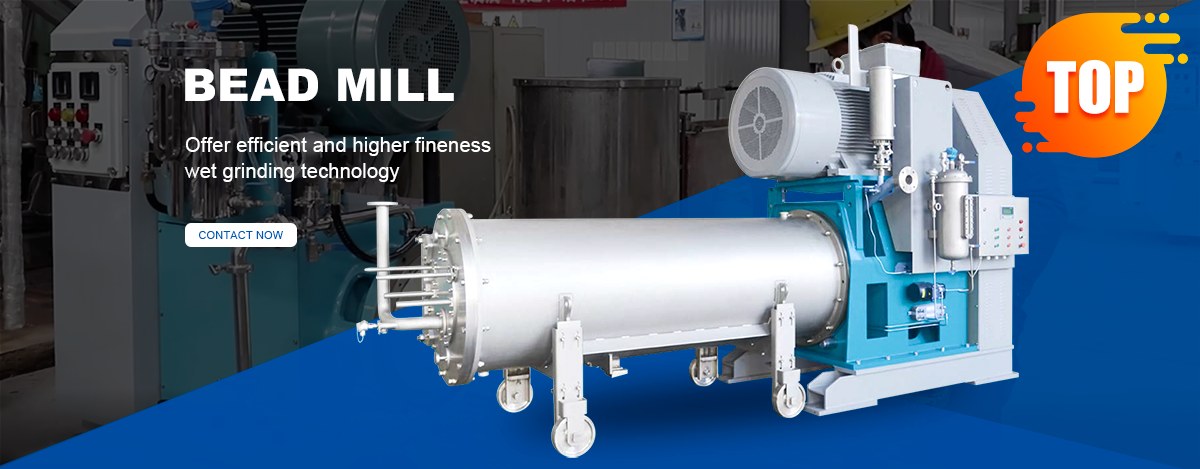
Ink is composed of resin, pigment, solvent, and auxiliary agents. According to whether it contains pigment, it can be divided into color ink containing pigment (also white and black), thinner without pigment, gold adjusting oil, and glazing oil. The application and storage performance of the ink with a certain formula is directly related to the production process. Therefore, the purpose of ink production is to disperse the ingredients in the formula as effectively and consistently as possible. Pigments are the most difficult to be uniformly dispersed. Pigment dispersion and grinding are the core of ink production.
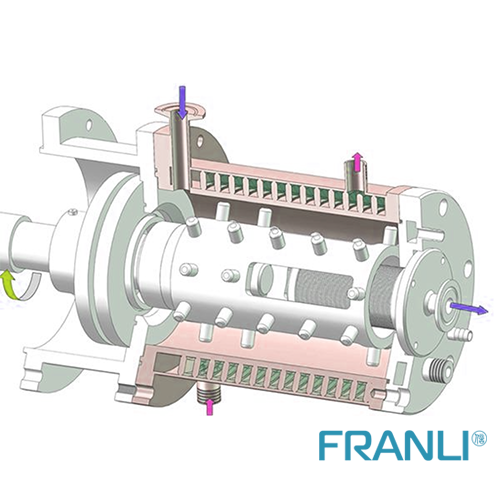
The efficiency of the sand mill to disperse liquid ink (such as plastic gravure ink, flexographic ink, etc.) is very high. Its biggest advantage is to ensure uniform quality, reduce color pollution, large output, and continuous production. At present, it is divided into three types according to its structure in the world: one is a vertical open type sand mill, the other is a vertical sealed type sand mill, and the third is a horizontal sealed type sand mill. The horizontal type is also called a horizontal type.
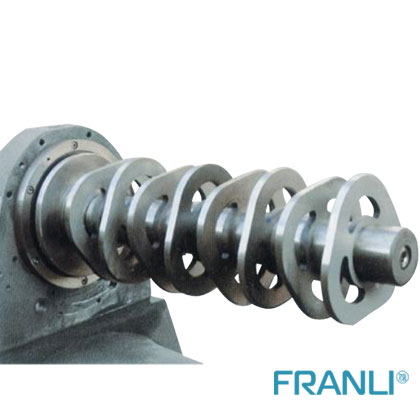
The horizontal sand mill is a kind of sand mill in which the cylinder of the vertical sand mill is placed horizontally. Because the shaft is horizontal, and the plane of the impeller is perpendicular to the horizontal plane, there is at least one advantage. When the machine is started, it will not need to overcome the gravity of the sand laminated on the plane of the impeller, like a vertical sand mill. Therefore, generally horizontal sand mills can save power more than vertical sand mills.

The structure of sand mills produced by different production plants is always not the same, except for the different shapes and the positional arrangements of various main components, mostly from the shape of the impeller, the material, the material of the shaft, and the material of the barrel, and the seal. , (Especially the horizontal sand mill is particularly important) and separation methods and other aspects to improve and make them have their characteristics. These are of course related to the grinding effect of the sand mill, but once the design is finalized, as a user of the sand mill, the quality and dosage of the grinding media are important factors that have a great impact on work efficiency. The following describes Problems related to the grinding media during the grinding process.
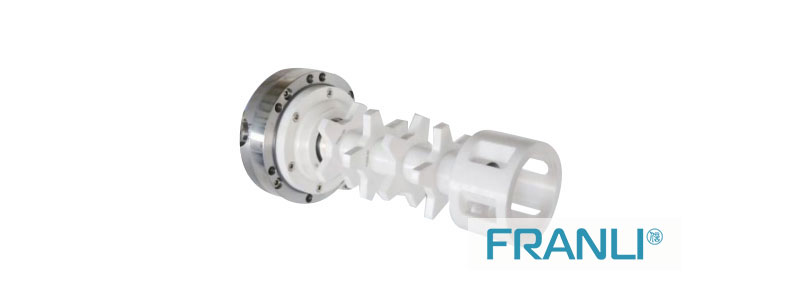
The size, shape, and density of the grinding media
This type of machine is called a sand mill because the earliest grinding medium used was natural sand. In foreign countries, until now, natural sand is still used. This kind of natural sand has been screened, and it is better to choose 20-40 mesh in the early literature. Most of the sand diameters recently published and recommended at home and abroad are in the range of 0.3 to 3.0 mm.
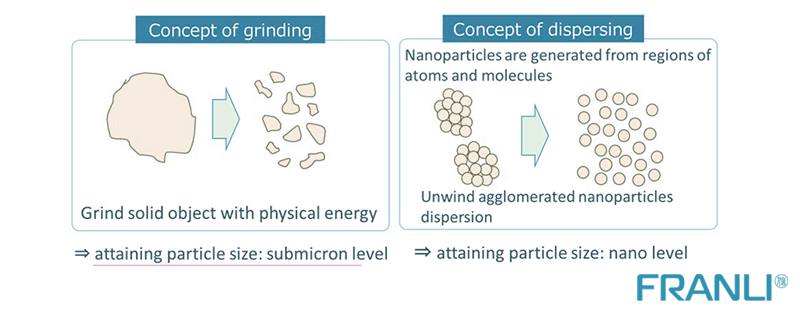
The same as the principle of ball mill selection, the size of the grinding medium depends on the ink and grinding requirements. Generally, the smaller the diameter of the grinding medium, the better the grinding effect, but it should be noted that this is limited. Although the size of the domestic equipment is the size of the grinding medium The lower limit is 0.3mm, in practical applications, the diameter of the grinding media is rarely used below 0.6mm.
As for the shape of the grinding media, because it runs at a high speed, it is almost unanimously considered that a spherical or nearly spherical shape is the best. Since the grinding action of the sand mill is still dominated by impact and shear forces, if the density of the grinding medium is higher, the two forces will be greater for the same size of the grinding medium, and the sanding effect will be better. Some.
At present, most of our country uses glass beads, steel balls, zirconium silicate beads, zirconia beads, as grinding media for sand mills. The density of glass beads varies with the type of metal in the glass composition, but you must not only consider glass when choosing. The strength and density of the glass should also be considered whether there are toxic metals (such as lead) in the glass composition, otherwise, the ink will be contaminated and affect the quality.

The amount of grinding media
The amount of grinding media is related to the viscosity of the ink and the temperature of the grinding ink. Therefore, these factors must be considered when determining the amount of grinding media. The general principle is that when the ink viscosity is high, the amount of grinding media should be less, and when the viscosity is small, the amount of grinding media can be slightly more.
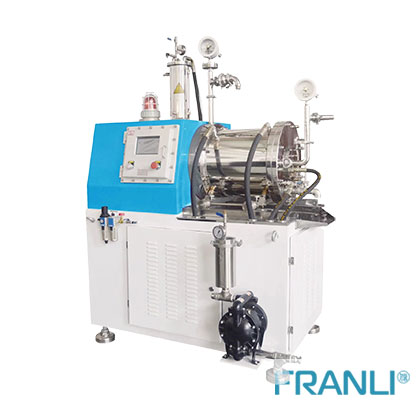
The best choice for the amount of grinding media and ink viscosity is obtained through experiments or experimental production, but as a starting point for experiments, the volume of grinding media can often be set at 50% of the volume of the cylinder. For vertical sand mills, the amount of grinding media can be so large that the surface of the media piled in the cylinder reaches a place just lower than the uppermost impeller so that the grinding media can have a rising space. But this must also consider the ink pumping speed because the ink is fed into the cylinder at a high speed, the media will turn a little bit higher, so there must be more space above the media, that is, the amount of grinding media should be appropriately small a little.
For horizontal sand mills, the amount of grinding media can start from 80% of the simplified volume, and then increase or decrease the amount of grinding media according to the discharge temperature of the material or the temperature of the cooling water. Generally speaking, when the temperature exceeds the allowable range, The amount of grinding media should be reduced. When the temperature is lower than the allowable range, before increasing the shaft speed, priority can be given to increasing the amount of grinding media. Generally, the discharge temperature of the ink is allowed within the range of 50-70°C. Adjusting the amount of media can be measured by this scale, and it is necessary to pay attention to control for some inks with poor stability.
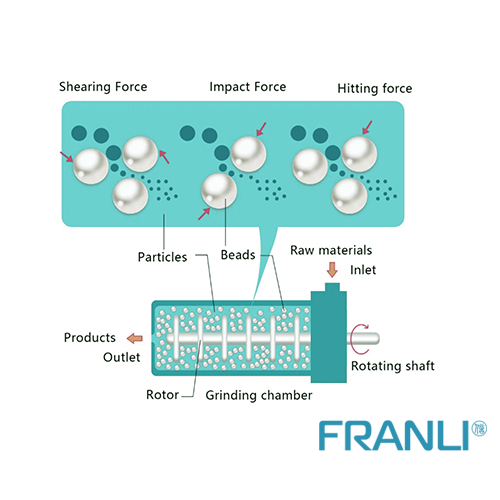
In addition, no matter which kind of sand mill is used, the ink entering the sand mill must be well pre-dispersed, so that the working efficiency of the sand mill can be brought into full play. Because the sheer force of the grinding media to break the pigment aggregates (or pigment particles) is inversely proportional to the size of the pigment aggregates between the media, that is, the smaller the pigment aggregates, the greater the shearing force between the media and the grinding And the dispersion effect is also the best.
Copyright Notice :
This article only represents the author's point of view.
This article is published under the authorization of the author.
Source:
This article address : The connection between ink and sand mill



























